Idea by
Petra Pferdmenges
Alive Architecture
http://www.alivearchitecture.eu
Call for ideas 2016
Alive Architecture
Alive Architecture
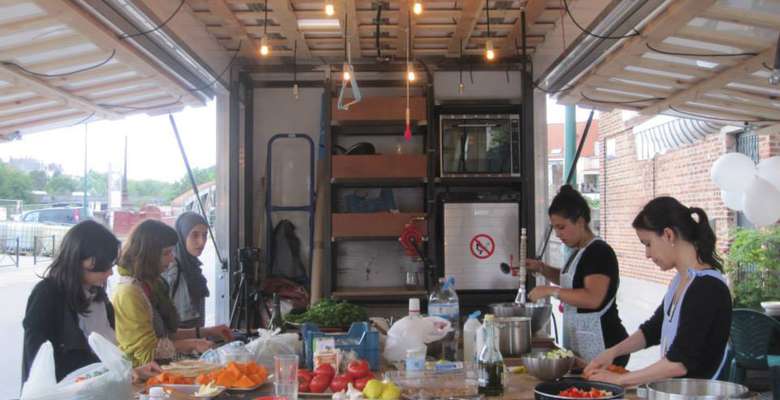
Rather than designing built space, Alive Architecture is about generating the co-production of Lived Space in the public realm. The intention is to involve the client, politicians, designers, experts and local actors into the making of the city. The role of the architect is shifted from the designer of space to the mediator among different people involved.
To bring multiple experts together I initiated the Farmtruck in 2013. Through film projections, presentations, workshops and cooking and sharing a meal around the Truck, people from different backgrounds engage with each other to meet, to activate the public realm and to develop together the future of their neighborhood.
Rather than co-producing a final solution, any action in the public realm is considered as a test: in case of success, the proposals develop their own dynamic, generating self-sustaining social, urban and economic change.
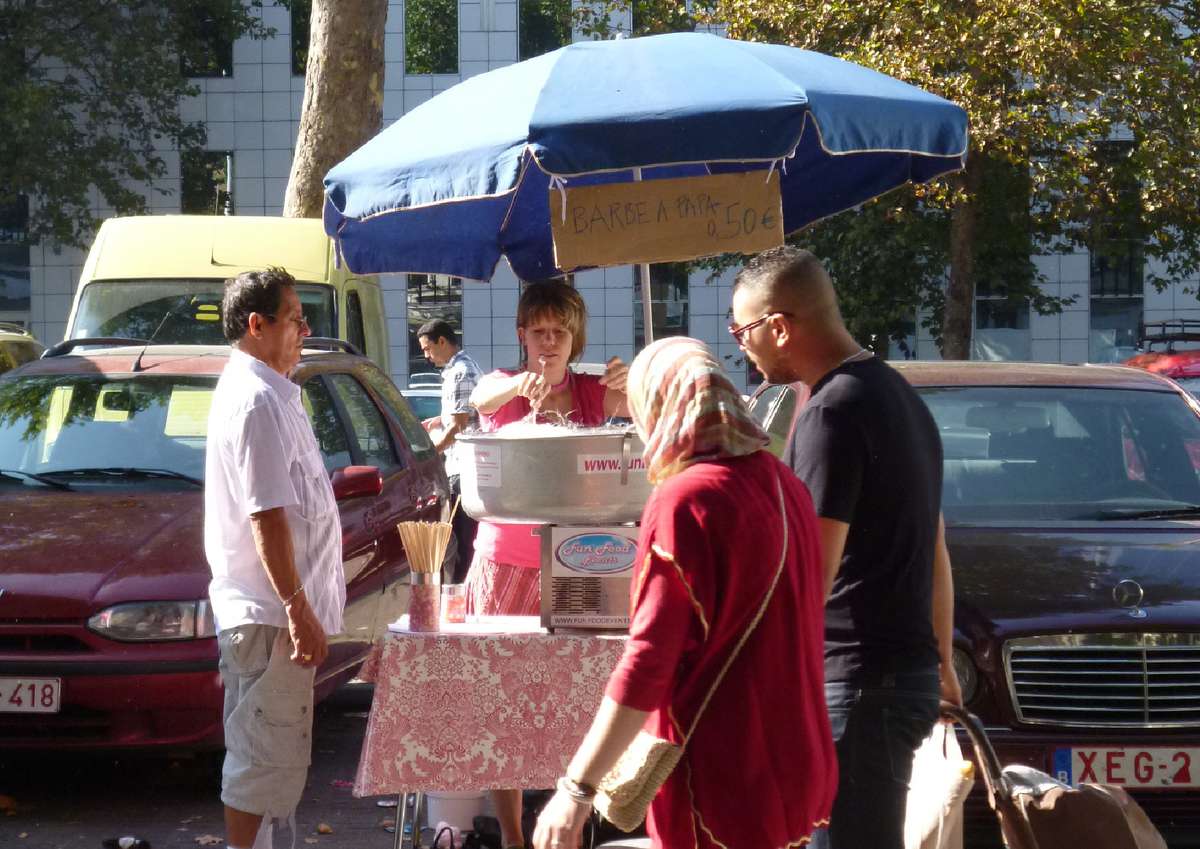
I started the Fairground Pleasures (2011) project by observing the existing Lived Space of Brussels Fairground through a film (https://www.youtube.com/watch?v=7b7FgQzXtb4). I later continued my work through three urban actions after the stands had moved to another city. I reproduced the street where the fairground took place as an ephemeral pedestrian area for the duration of one afternoon.
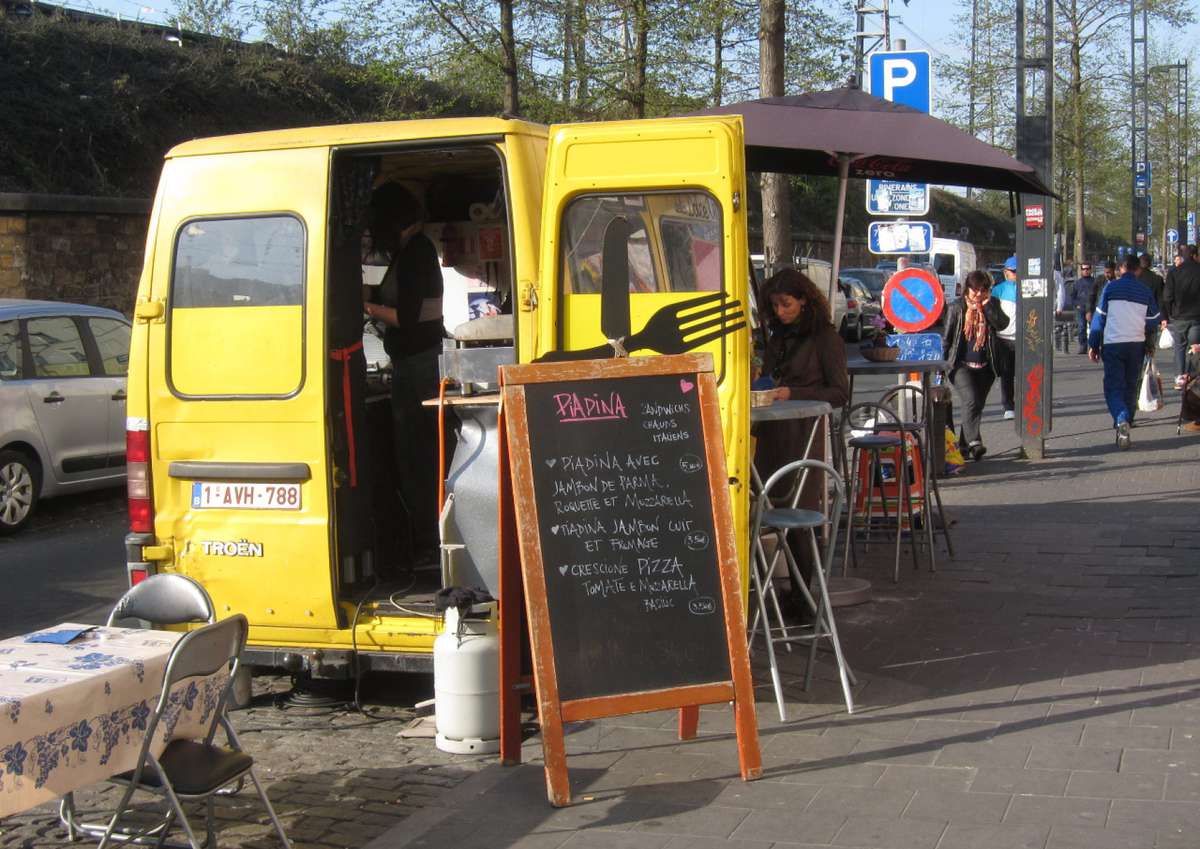
In the Infrared project (2012) I observed needs of the local actors in Brussels red light district and realized three actions based upon my findings: Sweet Flowers was a response to the sex-workers demand for better clients, Piadina Wagon responded to the desire for a restaurant in the street (https://www.youtube.com/watch?v=jffnMSktEjc) . We invited the popular media to communicate the project and two weeks later a lebanese foodtruck started to sell his specialities up to today in the street.

The third action that I undertook in the rue d’Aerschot (2012) is to activate the grey wall. On eleven images I proposed how the street could become a more Lived Space and exhibited them on the wall. I invited the sex-workers but also the politicians to propose how to communicate to them how to create a more livable atmosphere in the street. (http://www.alivearchitecture.eu/index.php?/urban-margins/infrared-film-2/). Four months later they published a call for projects of 40.000 Euros.
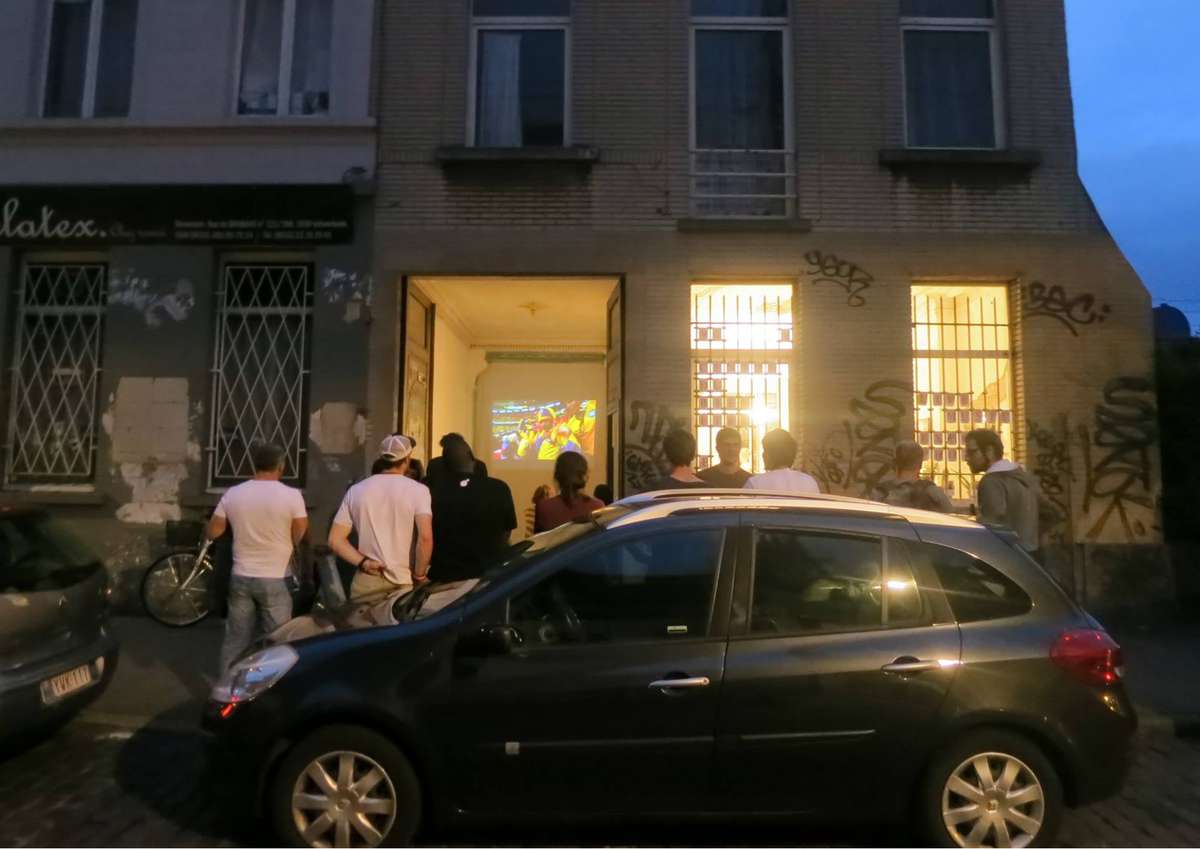
Together with l’Escaut Architecture and OKUP we developed a project to respond to the call for projects for the rue d’Aerschot (2013). We proposed to activate one of the eight vacant ground floor spaces in the street to generate mixity in the street. The Rirbaucout Collective activated the rue d’Aerschot 94 for the duration of two month through yoga classes, beauty-sessions and food delivery service. Copyright Picture: Rirbaucout
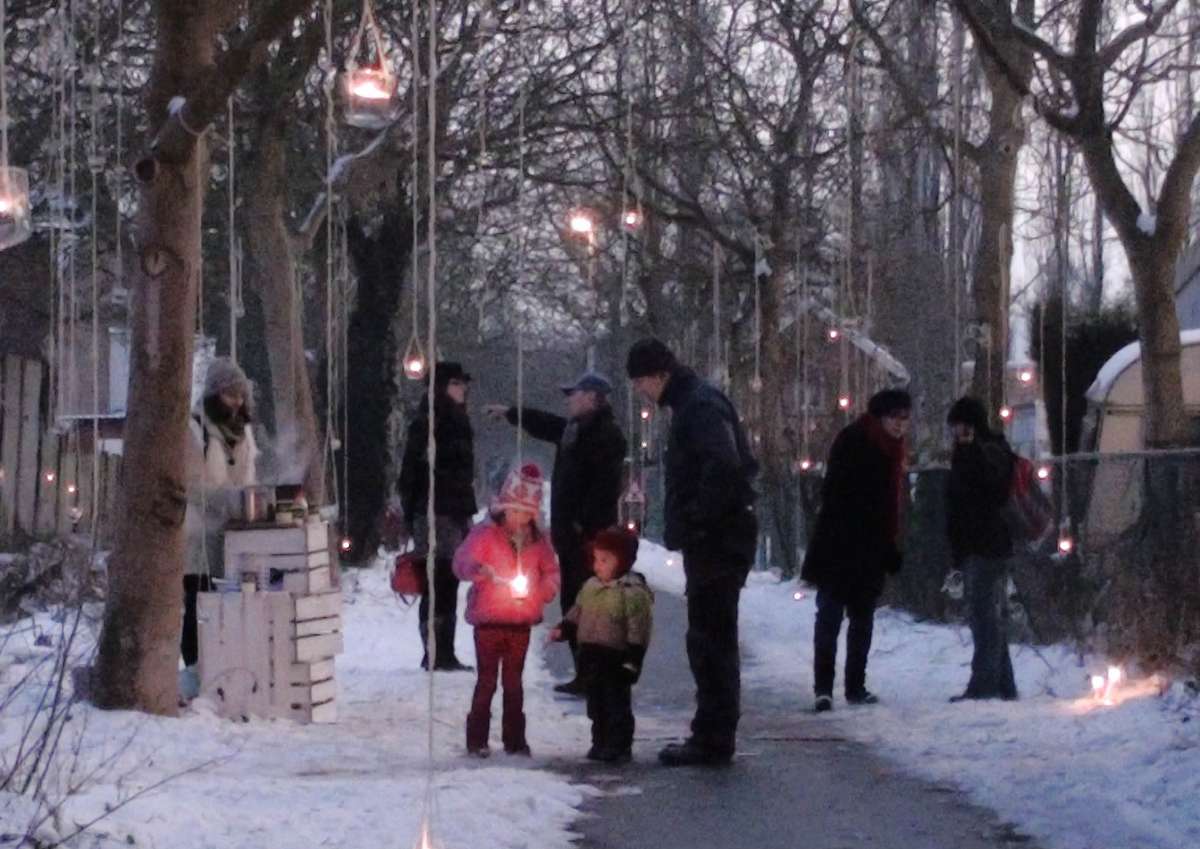
The Licht-ing project (2013) is an urban action to generate encounter of multiple actors. The project is situated on a bycicle lane next to a trailerpark. Through inviting all locals to co-produce a lighting installation along the dark space people got to engage with each other, turning the lane into a Lived Space for the duration of an evening. Because of the distance to my homecity Brussels the project did unfortunately not move from ephemeral to durational.
Alive Architecture
Alive Architecture

Rather than designing built space, Alive Architecture is about generating the co-production of Lived Space in the public realm. The intention is to involve the client, politicians, designers, experts and local actors into the making of the city. The role of the architect is shifted from the designer of space to the mediator among different people involved.
To bring multiple experts together I initiated the Farmtruck in 2013. Through film projections, presentations, workshops and cooking and sharing a meal around the Truck, people from different backgrounds engage with each other to meet, to activate the public realm and to develop together the future of their neighborhood.
Rather than co-producing a final solution, any action in the public realm is considered as a test: in case of success, the proposals develop their own dynamic, generating self-sustaining social, urban and economic change.
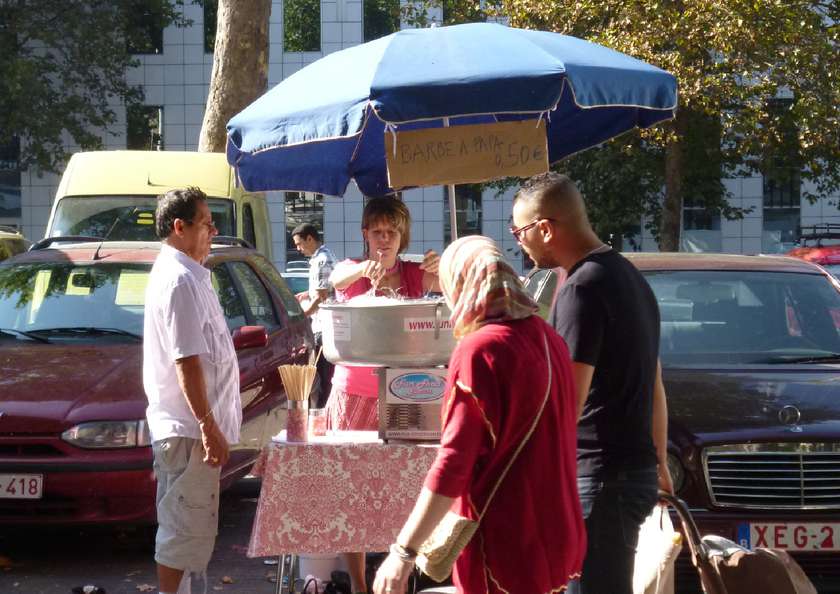
I started the Fairground Pleasures (2011) project by observing the existing Lived Space of Brussels Fairground through a film (https://www.youtube.com/watch?v=7b7FgQzXtb4). I later continued my work through three urban actions after the stands had moved to another city. I reproduced the street where the fairground took place as an ephemeral pedestrian area for the duration of one afternoon.
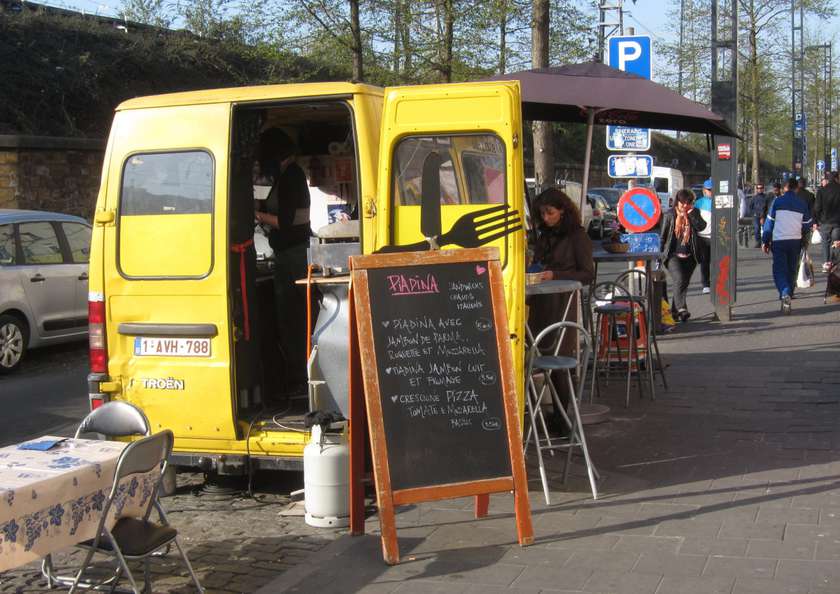
In the Infrared project (2012) I observed needs of the local actors in Brussels red light district and realized three actions based upon my findings: Sweet Flowers was a response to the sex-workers demand for better clients, Piadina Wagon responded to the desire for a restaurant in the street (https://www.youtube.com/watch?v=jffnMSktEjc) . We invited the popular media to communicate the project and two weeks later a lebanese foodtruck started to sell his specialities up to today in the street.
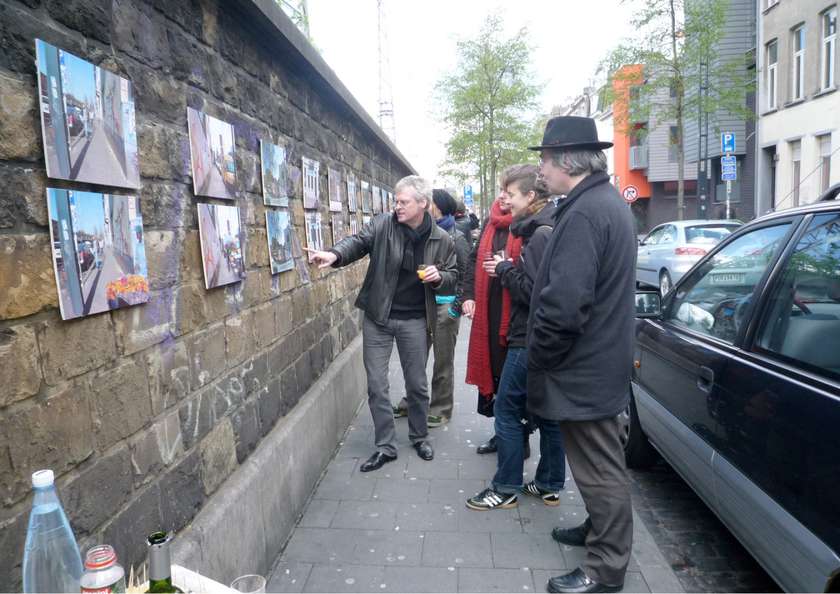
The third action that I undertook in the rue d’Aerschot (2012) is to activate the grey wall. On eleven images I proposed how the street could become a more Lived Space and exhibited them on the wall. I invited the sex-workers but also the politicians to propose how to communicate to them how to create a more livable atmosphere in the street. (http://www.alivearchitecture.eu/index.php?/urban-margins/infrared-film-2/). Four months later they published a call for projects of 40.000 Euros.
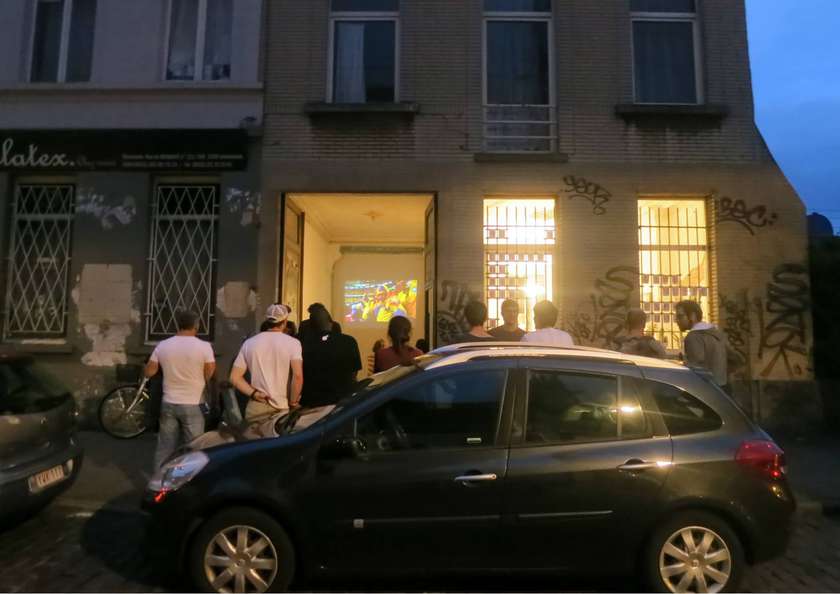
Together with l’Escaut Architecture and OKUP we developed a project to respond to the call for projects for the rue d’Aerschot (2013). We proposed to activate one of the eight vacant ground floor spaces in the street to generate mixity in the street. The Rirbaucout Collective activated the rue d’Aerschot 94 for the duration of two month through yoga classes, beauty-sessions and food delivery service. Copyright Picture: Rirbaucout
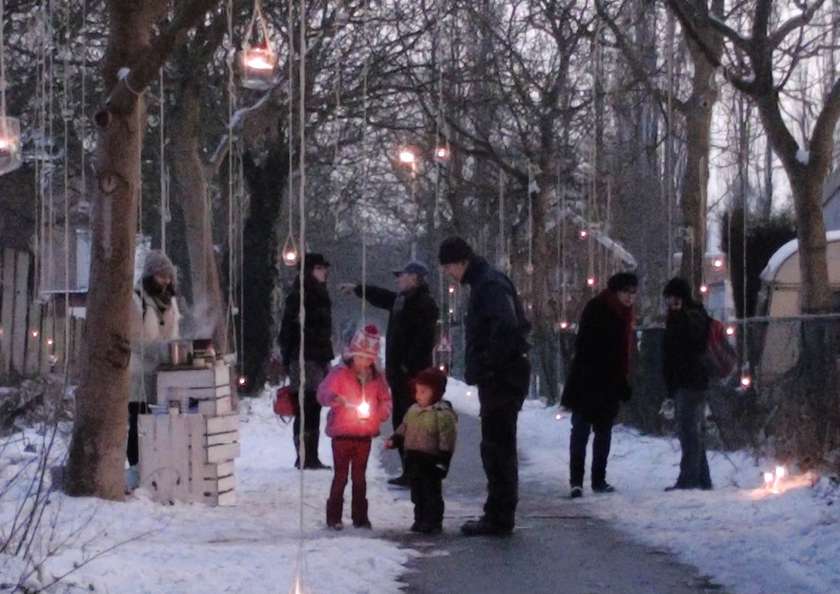
The Licht-ing project (2013) is an urban action to generate encounter of multiple actors. The project is situated on a bycicle lane next to a trailerpark. Through inviting all locals to co-produce a lighting installation along the dark space people got to engage with each other, turning the lane into a Lived Space for the duration of an evening. Because of the distance to my homecity Brussels the project did unfortunately not move from ephemeral to durational.